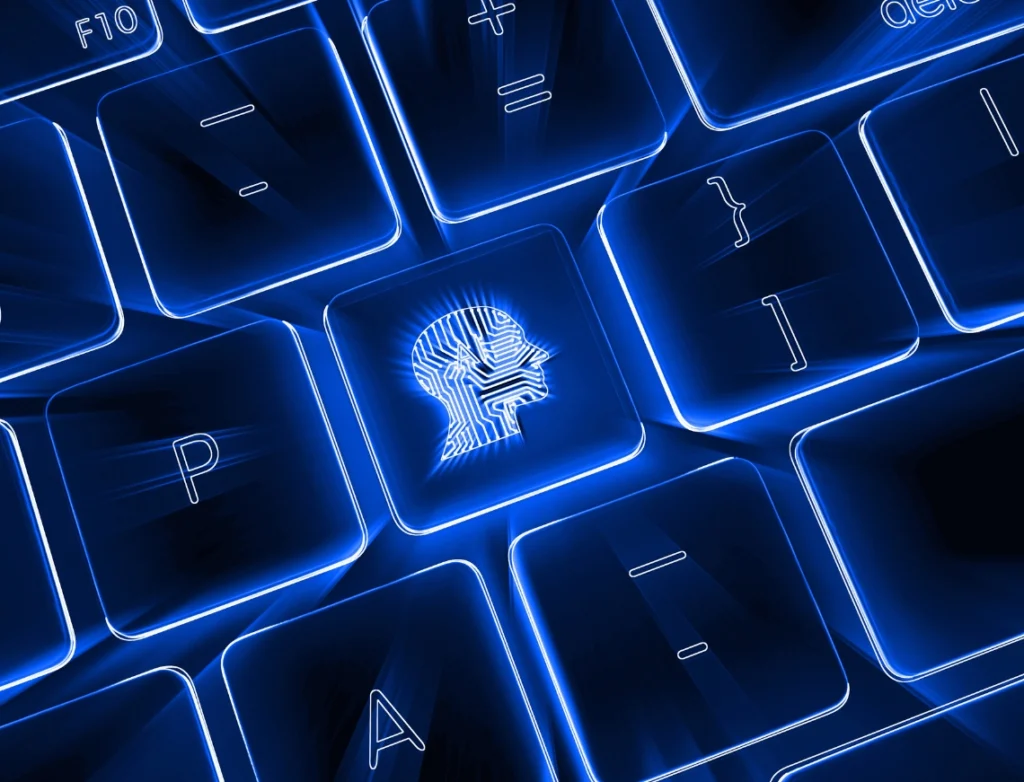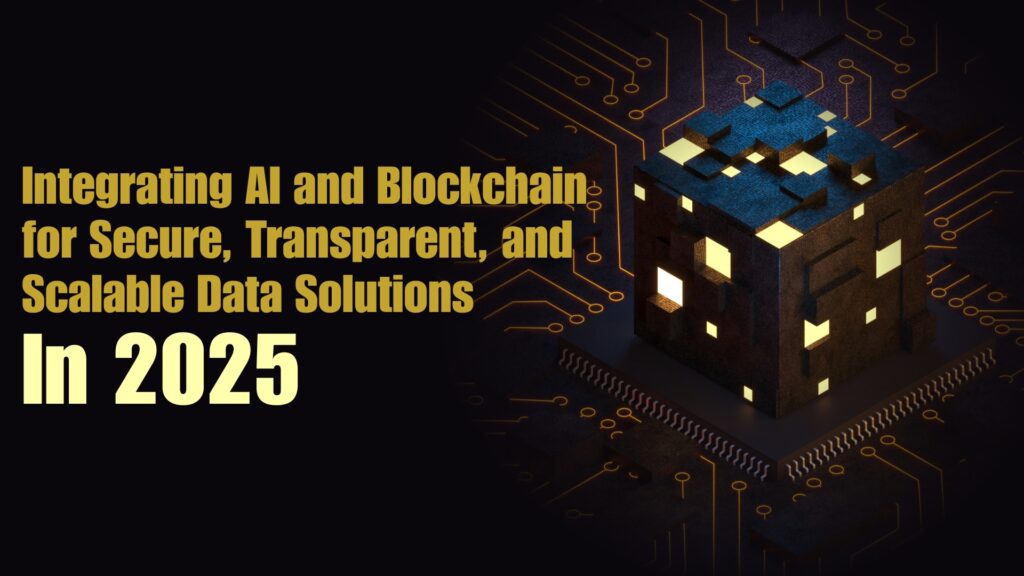
The Role of AI Observability in Machine Learning
Introduction AI observability is the discipline of monitoring, analyzing, and explaining how machine learning models behave in real-world environments. It matters because modern ML systems no longer fail only at the infrastructure level; they fail silently through data drift, model degradation, bias amplification, and unpredictable outputs. Without AI observability, organizations cannot reliably trust, scale, or govern machine learning in production. What Is AI Observability, Why It Exists, and How It Works What AI Observability Is AI observability refers to the systematic visibility into machine learning models across their full lifecycle—from training and validation to deployment and ongoing production use. It extends traditional observability (logs, metrics, traces) into the ML-specific layers of data, models, and predictions. Unlike MLOps monitoring, which focuses on system health and deployment stability, AI observability focuses on model behavior and decision quality. It answers questions such as: Why AI Observability Exists Traditional software systems behave deterministically. Machine learning systems do not. Their outputs depend on probabilistic models, evolving data, and dynamic environments. As ML adoption expanded into high-stakes domains—finance, healthcare, hiring, pricing, and autonomous systems—organizations encountered new failure modes that standard monitoring could not detect. AI observability emerged to address four structural problems: How AI Observability Works AI observability operates across three interconnected layers: Data observability monitors incoming features, distributions, missing values, anomalies, and schema changes. Model observability tracks performance metrics, drift, stability, and prediction confidence. Decision observability focuses on explainability, fairness, compliance, and outcome impact. These layers work together to create a continuous feedback loop that detects issues early and enables corrective action before business or user harm occurs. When and Where AI Observability Is Used AI observability becomes essential once a model moves from experimentation to production. It is used wherever machine learning influences real-world decisions, including: In these contexts, performance metrics alone are insufficient. Organizations need ongoing insight into why a model behaves the way it does and whether it should continue operating unchanged. The AI Observability Process: Step by Step Step 1: Establish Model and Business Context Effective observability starts by defining what “healthy” means for a specific model. This includes performance thresholds, acceptable error rates, fairness constraints, latency limits, and business KPIs. Observability metrics must align with decision impact, not just statistical accuracy. Step 2: Monitor Input Data Continuously Incoming data is monitored for drift, anomalies, and quality issues. This includes feature distribution shifts, unexpected null values, out-of-range inputs, and changes in categorical frequencies. Many model failures originate from data issues rather than model logic. Step 3: Track Prediction Behavior Observability systems analyze prediction outputs over time. This includes confidence distributions, class imbalance changes, regression output variance, and volatility. Sudden or gradual shifts often signal model decay. Step 4: Measure Performance Against Reality Where ground truth becomes available, models are evaluated continuously. This allows teams to detect accuracy drops, precision-recall imbalances, and subgroup performance gaps that are invisible in aggregate metrics. Step 5: Enable Explainability and Root Cause Analysis When anomalies occur, AI observability tools provide explainability at both global and individual prediction levels. Feature attribution, counterfactual analysis, and decision pathways allow teams to diagnose causes instead of guessing. Step 6: Trigger Alerts and Remediation Observability is operational, not passive. Threshold breaches trigger alerts, automated rollbacks, retraining pipelines, or human review workflows depending on severity and risk. Benefits and Real-World Applications of AI Observability Improved Model Reliability Continuous visibility prevents silent failures. Teams detect issues early, reducing downtime, incorrect decisions, and customer impact. Faster Debugging and Iteration Root cause analysis shortens investigation cycles. Instead of re-training blindly, teams can target specific data sources, features, or segments. Increased Trust and Adoption Explainable, observable AI systems are easier for stakeholders, regulators, and users to trust. This accelerates internal adoption and external approval. Stronger Governance and Compliance Observability enables audit trails, bias detection, and policy enforcement, supporting compliance with regulations such as GDPR, AI Act frameworks, and sector-specific rules. Startup Use Case A fintech startup uses AI observability to monitor credit risk models. Early detection of demographic drift prevents biased lending outcomes and regulatory exposure. Enterprise Use Case A global retailer tracks hundreds of demand forecasting models. Observability highlights regional data anomalies, allowing localized corrections without system-wide retraining. Industry-Specific Scenario In healthcare, observability ensures diagnostic models remain aligned with evolving patient populations, medical protocols, and data sources. Common Challenges and Mistakes in AI Observability Treating Observability as Simple Monitoring Many teams mistake observability for dashboards. Without contextual metrics and explainability, dashboards only show symptoms, not causes. Ignoring Data Drift Until Accuracy Drops By the time accuracy degrades, damage is often already done. Observability should detect drift before performance impact becomes visible. Over-Reliance on Aggregate Metrics Overall accuracy can mask severe subgroup failures. Observability must include segmented analysis across cohorts and conditions. Lack of Ownership and Process Integration Observability insights are useless without clear ownership and response playbooks. Successful teams integrate observability into incident management and MLOps workflows. Cost, Time, and Effort Considerations AI observability does not require rebuilding ML systems but does require upfront planning. Costs vary depending on scale, model complexity, and regulatory requirements. The cost of not implementing observability—incorrect decisions, reputational harm, regulatory penalties—often exceeds tooling investment. AI Observability vs Traditional MLOps Monitoring Key Differences Traditional MLOps monitoring focuses on pipelines, uptime, and performance metrics. AI observability focuses on behavior, trust, and decision quality. MLOps answers whether a model is running. AI observability answers whether a model is still right. When to Use Each MLOps monitoring is necessary for deployment reliability. AI observability becomes critical when models influence outcomes that matter to users, customers, or regulators. In mature ML organizations, the two operate together as complementary layers. Future Trends and Best Practices in AI Observability AI-Native Observability Observability platforms increasingly use machine learning themselves to detect subtle patterns, predict failures, and prioritize alerts. Regulatory-Driven Adoption As AI regulations mature, observability will shift from best practice to baseline requirement, especially in high-risk domains. Unified Model Governance Observability will integrate with model registries, policy engines, and approval workflows to create end-to-end AI governance systems.









